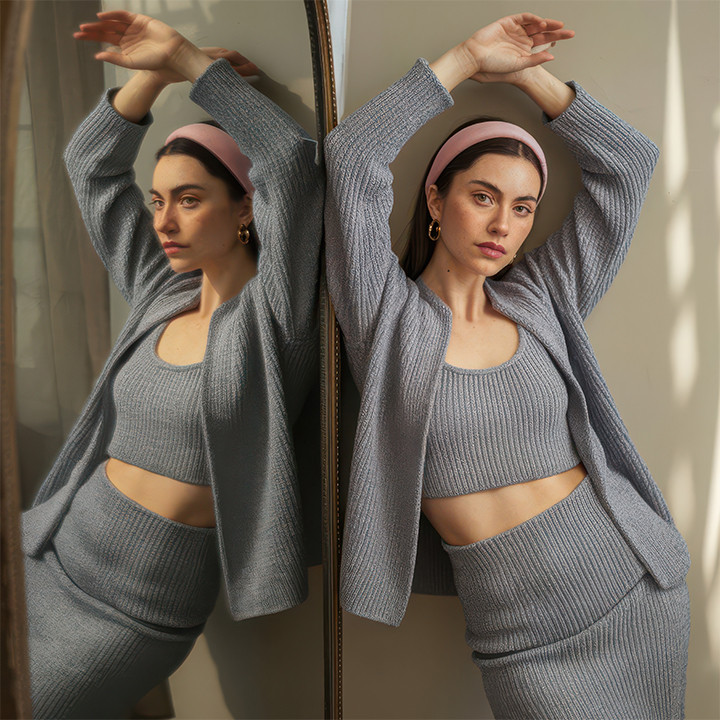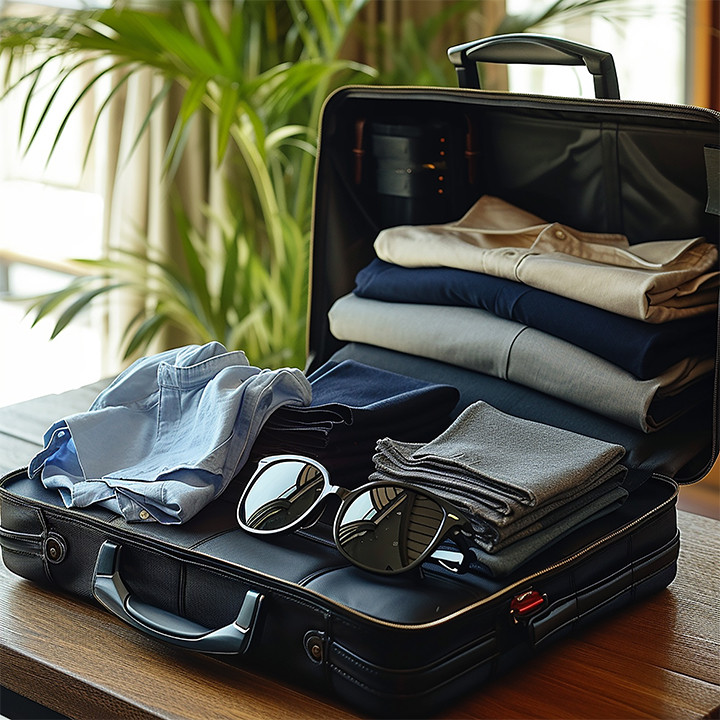
Know The Layering Tips for All Seasons
Mastering the art of layering is more than just a fashion trick it’s a smart, stylish way to dress for changing temperatures, express personal style, and make the most out of your wardrobe. Whether it’s summer or winter, layering can elevate your outfit when done right. Below are timeless layering tips tailored for every season, so you can stay comfortable and chic year-round.
Base Layer
Your base layer forms the foundation of your outfit and should be breathable, lightweight, and comfortable against the skin. In colder months, opt for thermal tops, thin turtlenecks, or snug cotton shirts. For warmer seasons, lightweight cotton tanks, silk camisoles, or moisture-wicking fabrics work best. The key to a great base is choosing fabrics that regulate body temperature and absorb moisture without adding bulk. Neutral colors in base layers also allow for versatile styling with outer garments.
Middle Layer
This layer adds warmth and structure. Think of it as the transitional component between your skin and the environment. In fall or spring, this could be a denim shirt, a soft knit, or a lightweight sweatshirt. In winter, consider a chunky sweater, fleece, or wool vest. This layer is also where you can introduce color, texture, or prints like plaid flannels or ribbed cardigans to give your look personality without going overboard.
Top Layer
The top layer is both functional and fashionable. It protects you from the elements while tying your entire look together. A trench coat, oversized blazer, leather jacket, or a structured coat all fall into this category. During rainy seasons, a waterproof jacket or windbreaker adds practicality. In chillier weather, insulated coats or puffer jackets provide needed warmth. For summer evenings, a loose kimono or linen blazer can serve as a breathable yet stylish option.
Fabric Choice
Seasonal layering starts with fabric selection. In winter, heavier materials like wool, cashmere, corduroy, and fleece offer warmth. In summer, stick to breathable fabrics like cotton, linen, or rayon. Fall and spring allow for a mix try light knits, soft denim, or suede. Always keep in mind how your fabrics interact. For example, layering a stiff jacket over a bulky sweater can look awkward, while soft-on-soft (like cotton under cashmere) creates a smooth and stylish silhouette.
Color Play
Layering offers an opportunity to play with color without clashing. Start with neutrals for your base (white, black, beige), then add pops of color or patterns in your middle or top layers. In warmer months, try pastel tones or color-blocking techniques to stay fresh and vibrant. For cooler seasons, earthy tones and jewel shades like rust, olive, burgundy, or navy provide depth and richness.
Accessory Add
Accessories can amplify your layered look. Scarves, hats, gloves, or belts not only add warmth and function but also an extra layer of style. A belt over a coat or cardigan can create definition at the waist, while a printed scarf adds dimension to a neutral outfit. Even summer layers benefit from light accessories think straw hats, sunglasses, or layered necklaces to complete the look.
Final Touch
The beauty of layering lies in versatility. With a few quality pieces and a bit of creativity, you can create multiple outfits suited for every climate. By mastering your base, middle, and top layers and paying attention to fabric, fit, and color you can layer smartly through all seasons and always look polished.




